Foreign Trade of India 1947-2007: Trends, Policies and Prospects
Synopsis
On the eve of Independence in 1947, foreign trade of India was typical of a colonial and agricultural economy. Trade relations were mainly confined to Britain and other Commonwealth countries. Exports consisted chiefly of raw materials and plantation crops while imports composed of light consumer goods and other manufactures. Over the last 60 years, India’s foreign trade has undergone a complete change in terms of composition and direction. The exports cover a wide range of traditional and non-traditional items while imports consist mainly of capital goods, petroleum products, raw materials, and chemicals to meet the ever-increasing needs of a developing and diversifying economy. For about 40 years (1950-90, foreign trade of India suffered from strict bureaucratic and discretionary controls. Similarly, foreign exchange transactions were tightly controlled by the Government and the Reserve Bank of India. From 1947 till mid-1990s, India, with some exceptions, always faced deficit in its balance of payments, i.e. imports always exceeded exports. This was characteristic of a developing country struggling for reconstruction and modernization of its economy. Imports galloped because of increasing requirements of capital goods, defence equipment, petroleum products, and raw materials. Exports remained relatively sluggish owing to lack of exportable surplus, competition in the international market, inflation at home, and increasing protectionist policies of the developed countries. Beginning mid-1991, the Government of India introduced a series of reforms to liberalise and globalise the Indian economy. Reforms in the external sector of India were intended to integrate the Indian economy with the world economy. India’s approach to openness has been cautious, contingent on achieving certain preconditions to ensure an orderly process of liberalization and ensuring macroeconomic stability. This approach has been vindicated in recent years with the growing incidence of financial crises elsewhere in the world. All the same, the policy regime in India in regard to liberalization of the foreign sector has witnessed very significant change. In recognition of the growing importance of the foreign trade in driving the economy, this book describes and examines changes in the pattern of India’s foreign trade since Independence in 1947, with focus on post-1991 developments. It addresses issues related to trade policy, export strategy, tariff policy, current account dynamics, exchange rate management, foreign exchange reserves, capital account liberalization, external debt and aid, foreign investments (both direct and portfolio), and WTO.
Read more
79.20
71.28
$
88.00 $
Free delivery Wolrdwidе in 10-18 days
Ships in 1-2 days from New Delhi
Membership for 1 Year $35.00
Get it now and save 10%
Get it now and save 10%
BECOME A MEMBER

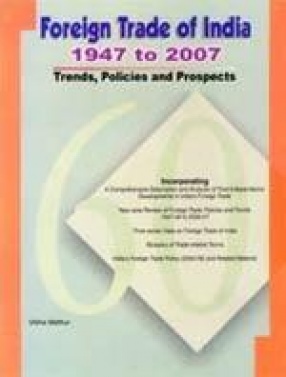
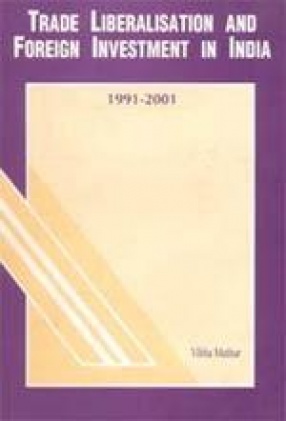
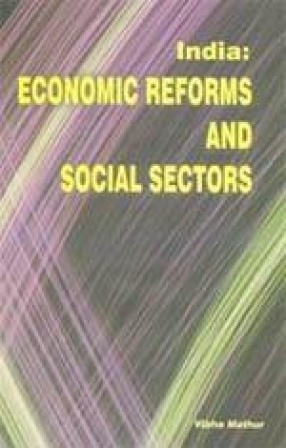
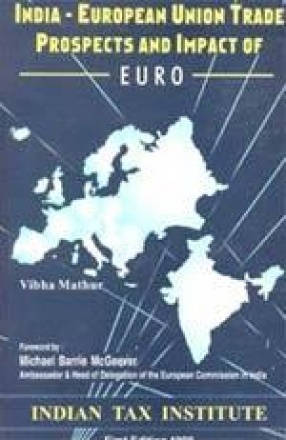
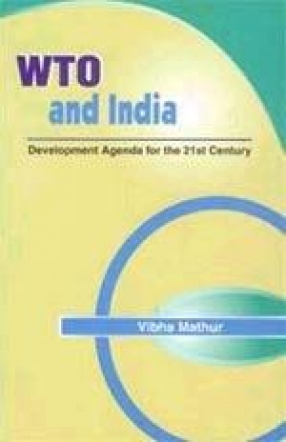





Bibliographic information